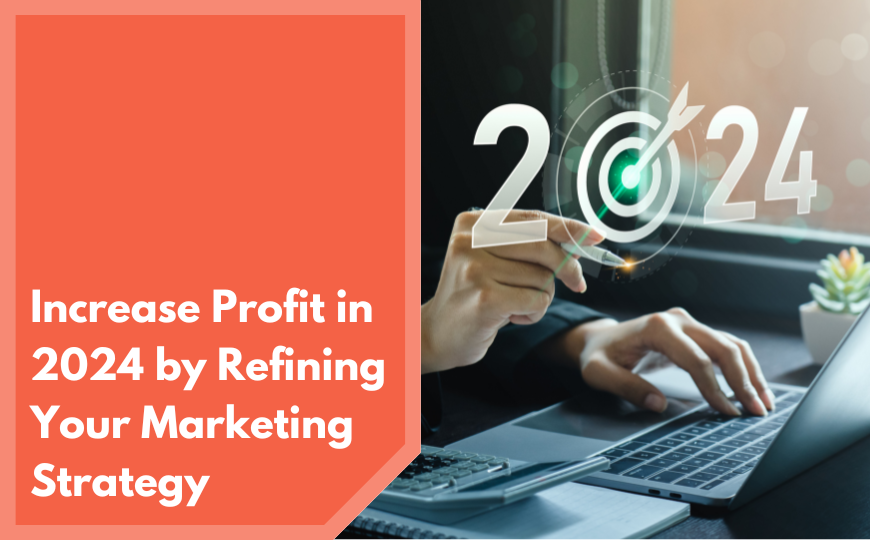Although dependent upon the industry, did you know that many businesses lose up to 40-percent of their customers each year? Though you’re certainly aware that you are experiencing a level of churn, I’ll bet you’re pretty shocked at how high those numbers can get.
A few years ago, The Griffin Group conducted a customer loss survey and reported these startling statistics:
- 71% of marketing and sales executives had no process for identifying customers who have defected;
- 46% of marketing and sales executives do not know how many customers they lose each year;
- 68% of firms have no process for identifying customers at high risk of defection;
- 62% of firms have no process for determining to which competitor the lost customer defected;
- 60% of firms do not conduct interviews with lost customers; and
- 77% of firms do not know how many lost customers they successfully win back each year.
Even if you’re one who is actively aware of the data regarding your lost customers, what are your thoughts? Do you think it’s just part of doing business and simply let those customers go – doubling down on other aspects of your marketing strategy, such as trying to figure out how to get new business?
You have a 20-40% chance of winning back a lost customer. That, compared with the 5-20% chance of landing a sale with a new customer tells us winning back lost customers should be a significant component in your CRM (Customer Relationship Management) strategy. It could be said that customer winback should be pursued with even greater vigor than that of new sales. The term ‘customer winback’ is the process of revitalizing relationships with customers who have defected.
Customers defect for a variety of reasons. It could be a negative experience with your company, such as an inefficient customer service department or unsavory salespeople. It could be something your competition is doing or offering that you are not, such as lower pricing, additional services or a more responsive customer team. Sometimes, it could be something as simple as a change in age, life cycle or geography.
Your company may also have a list of customers who, though not lost, have become inactive for one reason or another. Perhaps one of your sales people talked with them once or twice and failed to follow through. Maybe your company worked with a certain person at a company and he or she is no longer with the company. Possibly a customer, who once purchased your goods or services with great regularity, simply hasn’t interacted with your company for some time, even though he may still consider himself to be your customer.
No matter the reason for the defection, know this: A lost customer is not a lost cause. Many of these customers still need you and may very well be willing to work with you again.
The first thing you’ll need to do is to discover why your customers defected. Those who were wooed away by a competitor or whose demographics no longer match what you consider to be your target audience may be two groups that you would not want to pursue. These segments should not make it to the top of your list to pursue for winback.
There is also another customer group, ‘variety seekers’ who are customers not likely to remain loyal to one product. They want to try a variety of brands. So, by definition, will not be staying with you. It may not be practical to spend your resources trying to woo them back unless you have a way to firm up their loyalty to you.
Now that we know who are not top on our list to pursue, let’s talk about those who represent important recovery opportunities and why we want to get them back.
You may be familiar with the term lifetime value (LTV) of a customer. LTV is the projected revenue a customer will generate during their lifetime.
There is a group of marketing professionals who, after studying LTV in regards to winback, have come to the conclusion that there is something very valuable about what they dub as the second lifetime value – or SLTV – which is the increased revenue a returning customer can provide to your business. You will notice these points contain decreased acquisition costs, which is a big win.
- The lost/inactive customer is already familiar with your products and/or services.
- You already possess buying preference data which you do not have with a first-time customer. This allows you the opportunity to more finely target your offers.
- You are also able to give them more personalized attention than that of a new prospect, which spurs increased sales.
- Often you are aware of their previous buying patterns, which will help with cross- and up-selling; thereby, increasing their buying levels.
Studies show that the group who would be the best to approach successfully with winback efforts would be the group who, if not for something that went wrong on your end, would still be customers.
Geoffrey James, contributing editor to Inc.com, offers these points on how to win back this group of customers:
- Get the backstory from the staff member who worked with the client.
- Contact the departing customer – who, hopefully, is either the primary decision-maker or the most senior contact available – either in person or by phone to ask these two questions:
- Why are you leaving us or did you leave us?
- What would we need to do to keep you or win you back as a customer?
- Listen carefully and calmly, taking no action. This is a fact-finding mission only.
- Digest the feedback and then decide if the root problem is situation-specific or systemic to your business model.
- Instead of scrambling to get the customer back, make a well-considered plan of action.
- Email your customer outlining the specific changes you intend to make as a result of his or her very valuable input.
- Wait a couple of days and then call the customer – who may come back or remain loyal. But, if not, you’ve made a good impression, which very well could eventually play out in your favor.
If done well, your effective customer winback program can actually increase SLTV while growing customer loyalty.





